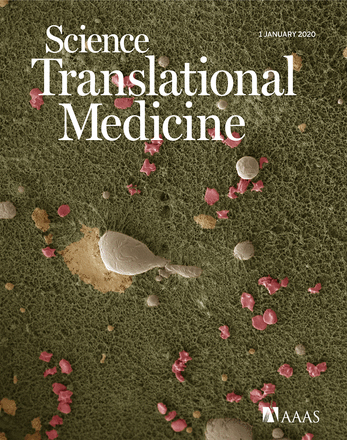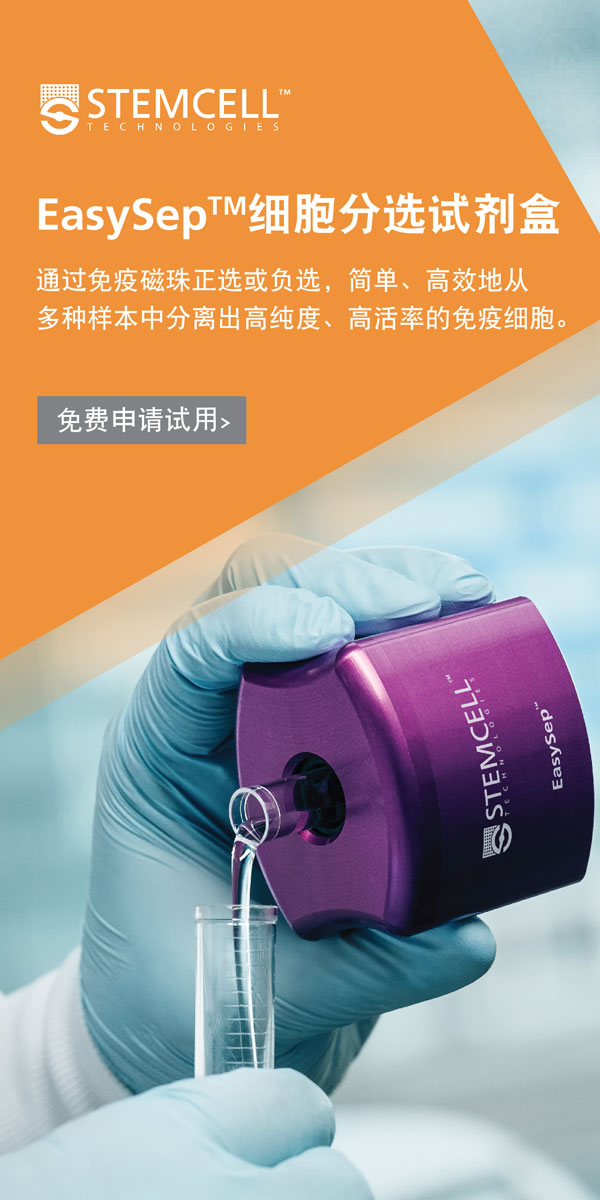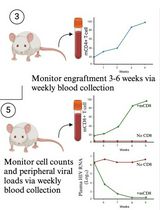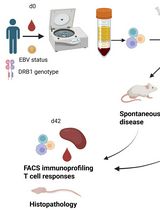- EN - English
- CN - 中文
Real-time in vivo Imaging of LPS-induced Local Inflammation and Drug Deposition in NF-κB Reporter Mice
LPS诱导NF-κB报告小鼠局部炎症及药物沉积的实时体内显像研究
发布: 2020年08月20日第10卷第16期 DOI: 10.21769/BioProtoc.3724 浏览次数: 5923
评审: Griselda Zuccarino-CataniaMarieta RusevaLuis Alberto Sánchez Vargas
Abstract
Wound, biomaterial, and surgical infections are all characterized by a localized and excessive inflammation, motivating the development of in vivo methods focused on the analysis of local immune events. However, current inflammation models, such as the commonly used in vivo models of endotoxin-induced inflammation are based on systemic, usually intraperitoneal, administration of lipopolysaccharide (LPS), causing endotoxin shock. Here, we describe a model of LPS-induced local inflammation in NF-κB-RE-Luc reporter mice. LPS, alone or with added therapeutic substances, is delivered locally via a hydrogel which is deposited subcutaneously, providing a spatially defined environment, enabling in vivo bioimaging analyses of local NF-κB activation. Evaluation of drug efficacy can be analyzed longitudinally in the same mouse, and using fluorescently labeled drugs, local drug deposition can be simultaneously analyzed, and correlated to the site of inflammation. Finally, the protocol can also be used to study retention and systemic release of the drug from locally deposited gels and other biomaterials.
Keywords: Inflammation (炎症)Background
An excessive TLR response causes localized and sometimes disproportionate inflammation, as observed in different types of wound and biomaterial infections. These wound complications delay proper healing and increase the risk of severe infections and sepsis. Considering the latter, several experimental models of sepsis and endotoxin shock have been developed which study the development of systemic inflammation (Lewis et al., 2016). There is however a need for models that address localized inflammatory events from a mechanistic and therapeutic perspective. Activation of the transcription factor NF-κB is a key component of various inflammatory conditions, and hence, NF-κB is considered an important therapeutic target (Liu et al., 2017). Real-time, longitudinal in vivo imaging of NF-κB activation in NFκB-RE-Luc reporter mice is an important tool in studies on inflammatory disease and efficacy of drug treatments. NFκB-RE-Luc reporter mice carry a transgene containing NFκB-responsive elements from the CMVα promoter placed upstream of a basal SV40 promoter, and a modified firefly luciferase cDNA (Carlsen et al., 2002). This reporter element can be induced by LPS and TNF-α (Carlsen et al., 2002), and provides an excellent in vivo tool to monitor transcriptional responses of NF-κB. To achieve visualization of gene expression, luciferin, a substrate for luciferase, is administrated intraperitoneally to mice which in turn generate luminescent signals. Thereafter, in vivo imaging using IVIS spectrum is used for acquisition and analysis of the recorded signals.
Here, we describe a model of LPS-induced local inflammation in NFκB-RE-Luc reporter mice. LPS, mixed in a hydroxyethyl cellulose hydrogel, is injected subcutaneously on the back of mouse. Subcutaneous deposition of hydrogel provides a defined and controlled environment for studies of local NF-κB activation. In addition to LPS, therapeutic agents can also be included in the same hydrogel and their efficacy can be analyzed longitudinally in the same mouse. Moreover, drug deposition and release can also be imaged by using fluorescently labeled drugs. To evaluate local anti-inflammatory efficacy of a peptide drug and for imaging its local distribution, this in vivo imaging protocol has successfully been used by us (Puthia et al., 2020).
Materials and Reagents
- 5 ml polypropylene tube
- 50 ml tube
- Syringes, 1 ml (Soft-Ject, Henke-Sass Wolf, catalog number: 5010-200V0 )
- Needle 23 G × 1’’ (BD, catalog number: 300800 )
- Syringe filter, 0.2 μm (Filtropur S 0.2, Sarstedt, catalog number: 83.1826.001 )
- Alcohol wipes (Cutisoft wipes, BSN Medical, catalog number: 204364 )
- BALB/c tg(NFκB-RE-Luc)-Xen reporter mice (Taconic Biosciences, catalog number: 10499 ) (8-12 weeks old; male or female)
Note: BALB/c tg(NFκB-RE-Luc)-Xen reporter mice are used for inflammation imaging. If the purpose is to image drug deposition only, other laboratory mouse strains can be used. - LPS from Escherichia coli O111:B4 (Sigma-Aldrich, catalog number: L3024 )
- TCP-25 (GKYGFYTHVFRLKKWIQKVIDQFGE)
As a drug, we used a thrombin-derived peptide TCP-25. For in vivo imaging, TCP-25 was mixed with 2% (w/w) Cy5 labelled TCP-25 (Biopeptide, San Diego, CA, USA). - Hydroxyethyl cellulose (HEC, Natrosol 250 HX, MW 1,000,000; Ashland Industries Europe GmbH, catalog number: 431292 )
- XenoLight D-luciferin, Potassium salt (PerkinElmer, catalog number: 122799 )
- DPBS, without calcium and magnesium (Thermo Fischer Scientific, catalog number: 14190250 )
- Endotoxin free water (Sigma, catalog number: TMS-011-A )
- Isoflurane (Forane, Baxter, catalog number: CA2L9100 )
- 1.5% HEC hydrogel (see Recipes)
- D-luciferin solution (see Recipes)
- LPS solution (see Recipes)
Equipment
- Magnetic stirrer
- IVIS spectrum (PerkinElmer, model: catalog number: 124262 )
- Ultrasonic bath (Elma Schmidbauer GmbH, model: Elmasonic S30H )
- Cordless hair clipper (Aesculap, catalog number: GT416 )
- Magnetic stirrer (Fisher Scientific, catalog number: 11715704 )
Software
- Living Image 4.5.5 Software (PerkinElmer)
- Prism, version 8.3.0 (GraphPad Software, LLC.)
Procedure
文章信息
版权信息
© 2020 The Authors; exclusive licensee Bio-protocol LLC.
如何引用
Readers should cite both the Bio-protocol article and the original research article where this protocol was used:
- Schmidtchen, A. and Puthia, M. (2020). Real-time in vivo Imaging of LPS-induced Local Inflammation and Drug Deposition in NF-κB Reporter Mice. Bio-protocol 10(16): e3724. DOI: 10.21769/BioProtoc.3724.
- Puthia, M., Butrym, M., Petrlova, J., Stromdahl, A. C., Andersson, M. A., Kjellstrom, S. and Schmidtchen, A. (2020). A dual-action peptide-containing hydrogel targets wound infection and inflammation. Sci Transl Med 12(524).
分类
免疫学 > 动物模型 > 小鼠
细胞生物学 > 基于细胞的分析方法 > 炎症反应
您对这篇实验方法有问题吗?
在此处发布您的问题,我们将邀请本文作者来回答。同时,我们会将您的问题发布到Bio-protocol Exchange,以便寻求社区成员的帮助。
Share
Bluesky
X
Copy link














